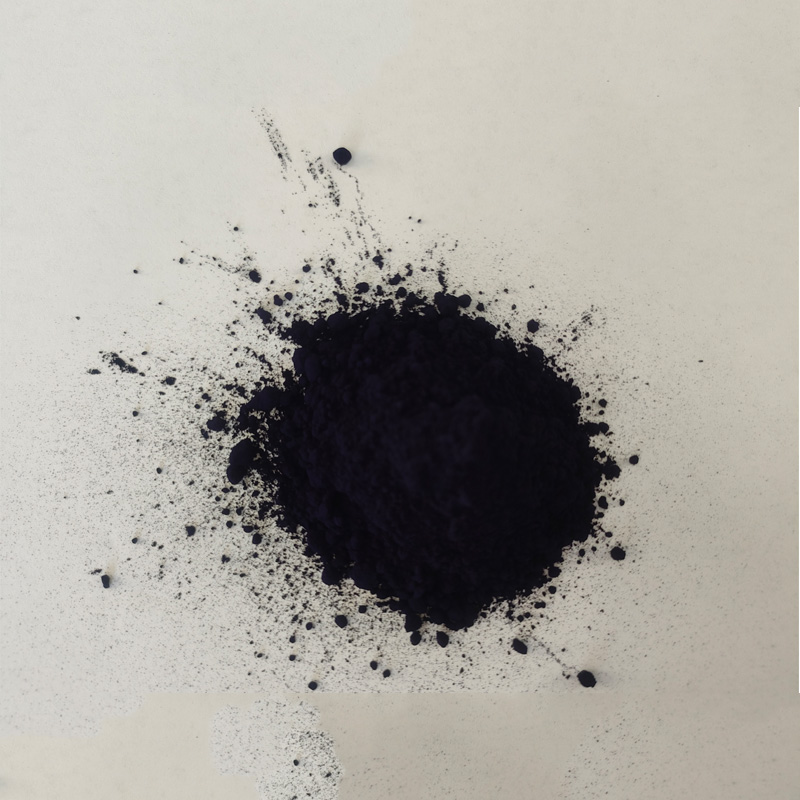indigo pigment
The Allure and Significance of Indigo Pigment
Indigo pigment has a profound and fascinating history that spans thousands of years, captivating cultures across the globe. Renowned for its deep, rich blue hue, indigo has been a staple in textile dyeing and art, playing a crucial role in the development of various civilizations.
The origin of indigo can be traced back to the ancient civilizations of the Indus Valley around 2500 BCE, where it was first utilized for dyeing textiles. Derived from the leaves of the Indigofera plant, the pigment has a unique extraction process that involves fermenting the plant's leaves to create a blue dye. This traditional technique has been passed down through generations, especially in regions like India, West Africa, and Japan, where indigo dyeing remains an art form celebrated for its vibrant shades and intricate patterns.
Indigo was not merely used for aesthetic purposes; it also held significant economic value. The demand for indigo dye surged during the Middle Ages, particularly in Europe, leading to the establishment of trade routes that allowed indigo to be exported across continents. In fact, indigo became known as blue gold, symbolizing wealth and status for many communities, especially in the past when natural dyes were highly sought after.
indigo pigment

In addition to its economic implications, indigo has also been intertwined with social and cultural identity. In many cultures, the deep blue color is associated with spirituality, protection, and even magic. In West African societies, for example, indigo-dyed textiles are often worn during significant life events, embodying a connection to the ancestors and the natural world. Similarly, in Japan, the indigo-dyed cloth known as shibori reflects a rich tradition of craftsmanship, blending functionality with artistic expression.
The industrial revolution marked a turning point for indigo, leading to the development of synthetic alternatives that could be produced en masse. While synthetic indigo provided a more affordable option for mass production, it did not replicate the nuanced beauty of natural indigo dye. This shift sparked a resurgence of interest in traditional indigo dyeing methods, as artisans and environmental advocates sought to revive ancient practices in the face of modern manufacturing.
Today, indigo pigment continues to inspire artists and designers around the world
. Its rich and varied shades can evoke a sense of calm and creativity, making it a favorite choice in contemporary fashion and interior design. Additionally, sustainable practices are gaining traction within the industry, as more consumers seek ethically produced textiles that pay homage to traditional techniques.In conclusion, the journey of indigo pigment from ancient times to the modern era is a testament to its enduring appeal. It encompasses not only a rich tapestry of cultural heritage but also a commitment to sustainability and artistry. As we appreciate the beauty of indigo, we celebrate the stories and traditions woven into every shade of this enchanting color.
-
The Timeless Art of Denim Indigo Dye
NewsJul.01,2025
-
The Rise of Sulfur Dyed Denim
NewsJul.01,2025
-
The Rich Revival of the Best Indigo Dye
NewsJul.01,2025
-
The Enduring Strength of Sulphur Black
NewsJul.01,2025
-
The Ancient Art of Chinese Indigo Dye
NewsJul.01,2025
-
Industry Power of Indigo
NewsJul.01,2025
-
Black Sulfur is Leading the Next Wave
NewsJul.01,2025

Sulphur Black
1.Name: sulphur black; Sulfur Black; Sulphur Black 1;
2.Structure formula:
3.Molecule formula: C6H4N2O5
4.CAS No.: 1326-82-5
5.HS code: 32041911
6.Product specification:Appearance:black phosphorus flakes; black liquid

Bromo Indigo; Vat Bromo-Indigo; C.I.Vat Blue 5
1.Name: Bromo indigo; Vat bromo-indigo; C.I.Vat blue 5;
2.Structure formula:
3.Molecule formula: C16H6Br4N2O2
4.CAS No.: 2475-31-2
5.HS code: 3204151000 6.Major usage and instruction: Be mainly used to dye cotton fabrics.

Indigo Blue Vat Blue
1.Name: indigo blue,vat blue 1,
2.Structure formula:
3.Molecule formula: C16H10N2O2
4.. CAS No.: 482-89-3
5.Molecule weight: 262.62
6.HS code: 3204151000
7.Major usage and instruction: Be mainly used to dye cotton fabrics.

